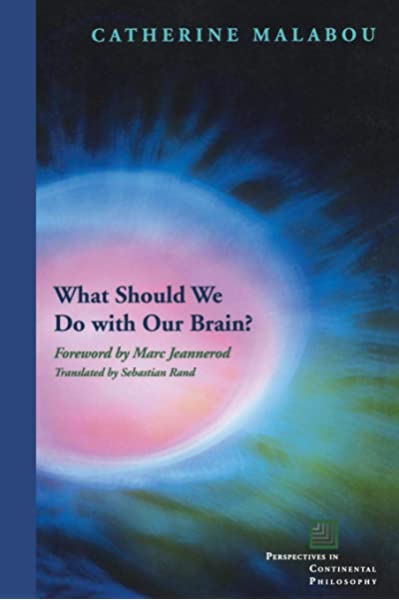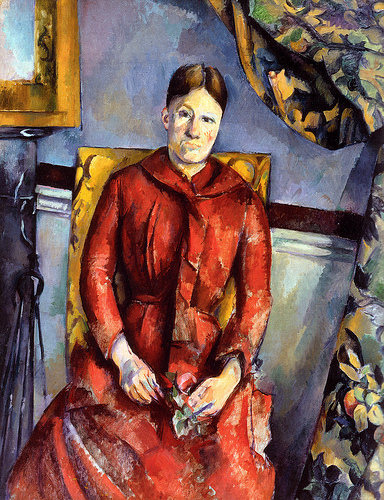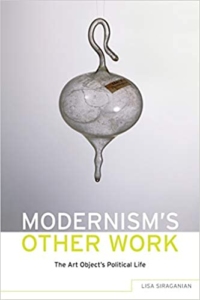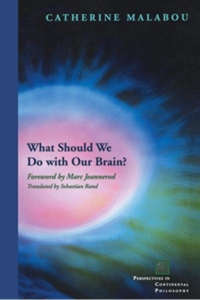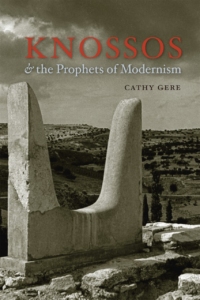
We are all proletarians
The battle that Marx fought against “milieu theory” was against the idea that culture determined consciousness. His great achievement was to see that economics was not a matter of culture but of exploitation. Which is to say Adorno’s emphasis on domination and difference (how bourgeois culture shapes being), rather than exploitation and the proletariat, is pre-Marxist in orientation.



